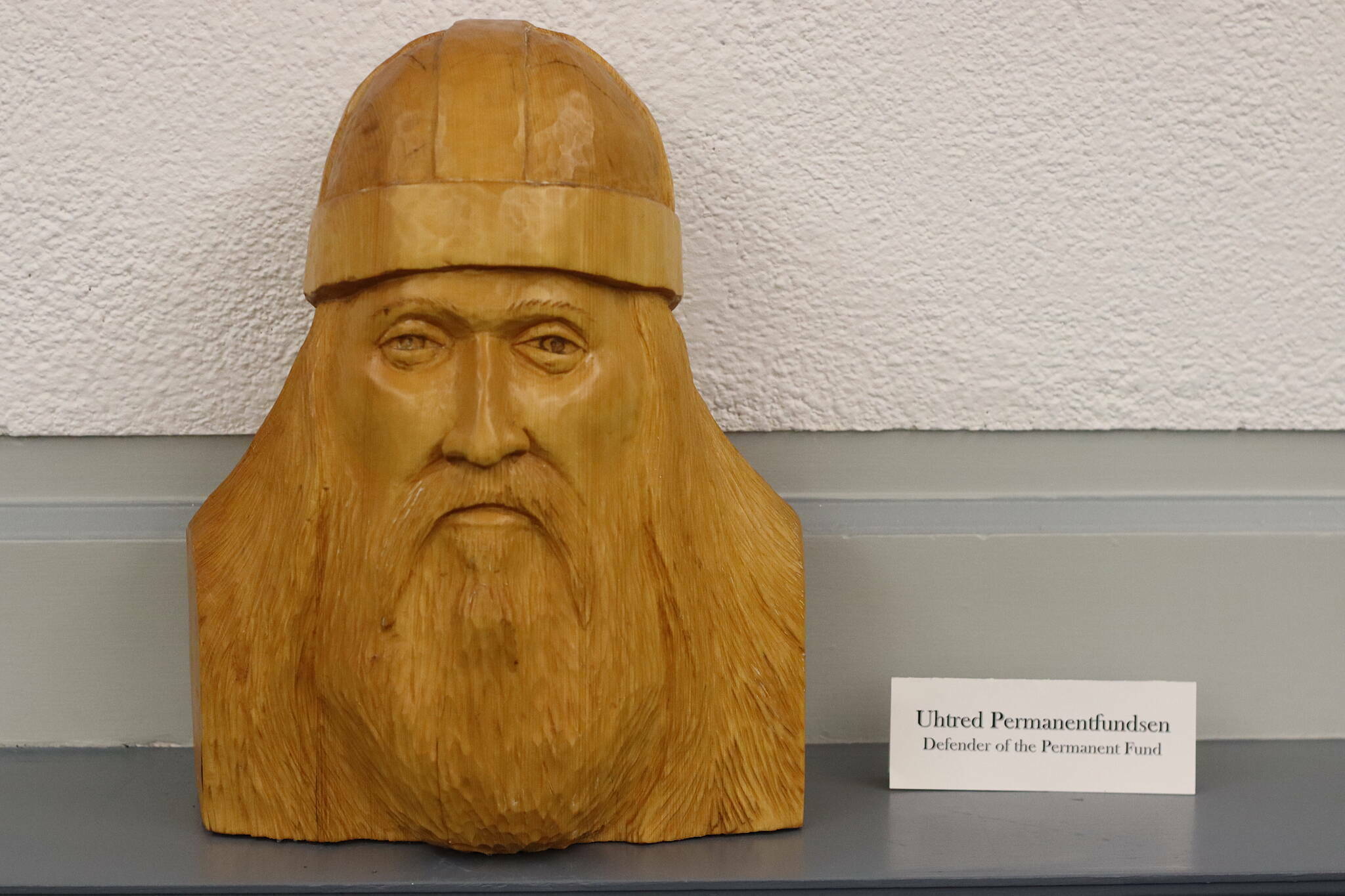This is a developing story.
This year’s Alaska Permanent Fund Dividend will be an even $1,702, and payment for eligible recipients who filed electronically and opted for direct deposit is scheduled Oct. 3, the state Department of Revenue announced Thursday.
The amount includes $1,403.83 from Permanent Fund earnings that are normally used to pay dividends, plus a $298.17 “one-time energy relief payment” approved by the Alaska Legislature in 2023 as part of its budget negotiations, according to a press release issued by the department.
More than 600,000 Alaskans have been determined eligible for this year’s dividend. The Legislature allocated $914,315,845 of Permanent Fund earnings for distribution, not including the energy relief payment.
Payment of dividends to people not receiving dividends on Oct. 3, such as those filing paper applications or requesting payment by check, is scheduled Oct. 26.
People can check the status of their PFD application at https://myinfo.pfd.dor.alaska.gov.
Last year’s dividend was $1,312. Both last year’s PFD and this year’s were largely determined by political negotiations where the bipartisan Senate majority’s desire for a balanced budget without tapping reserve funds prevailed. The budgets passed during the past two years direct 75% of spendable Permanent Fund earnings — meaning those left over after a deposit of earnings into the principal of the fund to safeguard it from inflation — would go toward state spending and 25% to dividends.
Gov. Mike Dunleavy in his proposed budget for this year sought a PFD well above $3,000 that would have resulted in a projected budget deficit of roughly $1 billion (a spending rate that would deplete the state’s budget reserve account in less than three years), while the Republican-led House majority had sought a PFD of about $2,270 that would have allocated more earnings and a higher energy relief payment toward dividends.
Legislative leaders had predicted a PFD of about $1,655 when they reached a budget agreement in May. Dunleavy, when he signed the budget in late June, projected the dividend would be about $1,718.
The amount of the PFD has been a dominant issue in every legislative session since 2016 as some lawmakers have argued a new calculation formula is needed to ensure both the Permanent Fund and the state’s finances are solvent for the long-term as revenue from oil production continues its long general decline. Dunleavy’s proposed PFD was based on the classic so-called “statutory” formula, while some recent years have seen lawmakers approve a so-called “50-50” dividend that splits available earnings equally between state spending and dividends.
A proposed state constitutional amendment guaranteeing PFDs paid under a specific formula in state law was rejected by the state House in April.
Two years ago the PFD was a record $3,284 (although the second-highest when adjusted for inflation) since the first dividend of $1,000 was paid in 1982. That included a “regular” PFD of $2,622 plus a $662 energy-relief payment.
While plenty of residents and lawmakers have complained about lower dividends the past two years, but put the blame on various interests and circumstances. State Sen. Bill Wielechowski, an Anchorage Republican who chairs the Senate Rules Committee, blamed low taxation of the oil industry for costing the state income into its Permanent Fund.
“Statutory formula would be $3,500,” he wrote in a social media message Thursday. “But w State giving oil industry $800 million in tax credits, $400 million in tax writeoffs for Willow project & $175 million to Hilcorp for S-corp loophole, every Alaskan is giving around $1,800 to oil industry.”
A response by a person going by the name of Bill Price declared “No…AkLeg took $1,800 from each man woman and child…It was given in part to the oil companies, but to pretend that all we need to do is ‘tax the oil’ is disingenuous. The real problem is YOU and your cohorts who took the easy money… rather than make the hard choices.”
• Contact Mark Sabbatini at mark.sabbatini@juneauempire.com or (907) 957-2306.

